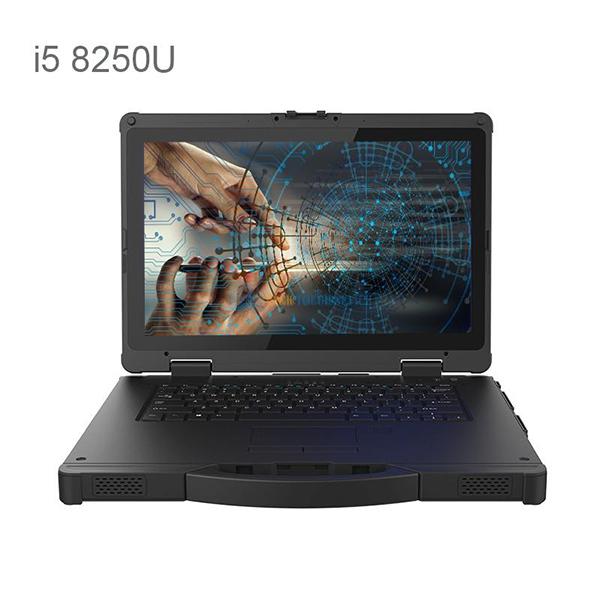Welcome STARK TOUCH DEVICE!
Solutions
Regular update and maintenance process of industrial control computer driver programs
Regular Maintenance Process for Industrial Computer Driver Updates
Industrial computers rely on device drivers to ensure seamless communication between hardware components and software applications. Outdated or corrupted drivers can lead to system instability, hardware malfunctions, or security vulnerabilities. A structured driver update process minimizes risks and optimizes performance in industrial environments.

Identifying Critical Drivers for Update
Not all drivers require frequent updates. Focus on components critical to industrial operations.
Hardware Dependency Analysis
Start by mapping the industrial computer’s hardware ecosystem. Prioritize drivers for:
Real-Time Components: Drivers controlling PLCs, motion controllers, or data acquisition systems. Delays here can disrupt production lines.
Network Interfaces: Ethernet, wireless, or fieldbus drivers. Outdated versions may cause communication failures with sensors or enterprise networks.
Storage Devices: Drivers for SSDs or RAID controllers. Corruption here risks data loss in logging or monitoring systems.
Vulnerability Assessment
Check security advisories for known flaws in drivers. For example:
Buffer Overflow Risks: Drivers handling untrusted input (e.g., USB ports) may expose systems to exploits.
Privilege Escalation: Outdated drivers with weak authentication could allow unauthorized access to industrial controls.
Denial-of-Service (DoS): Vulnerabilities in network drivers might enable attackers to crash critical systems.
Compatibility Checks
Verify driver compatibility with:
Operating System Versions: Ensure updates support the industrial computer’s OS (e.g., Windows IoT, Linux variants).
Industrial Software: Confirm drivers work with SCADA, HMI, or MES applications. Incompatibilities may cause crashes during data exchange.
Hardware Firmware: Some drivers require matching firmware versions on connected devices (e.g., PLCs).
Pre-Update Preparation Steps
Proper preparation reduces downtime and ensures smooth transitions.
Backup and Documentation
Driver Snapshots: Use tools like Device Manager or third-party utilities to export current driver configurations. Store backups on external storage.
System State Capture: Document BIOS settings, network configurations, and application parameters. This aids recovery if updates fail.
Change Logs: Maintain a record of previous driver versions, installation dates, and issues encountered.
Staging Environment Setup
Test Hardware: Deploy updates on a non-production industrial computer with identical hardware and software.
Isolation: Disconnect the test system from production networks to prevent accidental disruptions.
Validation Criteria: Define success metrics (e.g., latency thresholds, error rates) to assess update impact.
Scheduling and Communication
Maintenance Windows: Schedule updates during low-activity periods (e.g., night shifts, weekends).
Stakeholder Alerts: Notify operators, supervisors, and IT teams via emails or internal dashboards.
Fallback Plans: Outline steps to revert drivers if the update causes instability (e.g., using System Restore or manual reinstallation).
Driver Update Execution Guidelines
Follow these steps to deploy updates safely.
Source Verification
Official Channels: Download drivers only from hardware vendors’ websites or trusted repositories.
Checksum Validation: Compare the driver file’s hash with the vendor’s published value to detect tampering.
Release Notes Review: Check for known issues, dependencies (e.g., required OS patches), or hardware-specific notes.
Installation Methods
Automated Tools: Use configuration management software (e.g., PowerShell scripts, Ansible) for bulk updates across multiple systems.
Manual Installation: For critical drivers, manually initiate updates via Device Manager or vendor-provided utilities.
Phased Rollout: Update drivers in stages (e.g., network drivers first, followed by storage and real-time components).
Post-Update Validation
Functional Testing: Verify hardware functionality (e.g., PLC communication, sensor data accuracy).
Performance Benchmarking: Compare system metrics (CPU usage, memory consumption) before and after updates.
Error Log Analysis: Check system and application logs for warnings or crashes related to the updated drivers.
Post-Update Monitoring and Optimization
Ongoing oversight ensures long-term reliability.
Performance Tracking
Real-Time Metrics: Use industrial monitoring tools to track latency, throughput, and error rates in driver-dependent processes.
Historical Analysis: Compare performance trends over time to identify gradual degradation.
Threshold Alerts: Set up notifications for abnormal behavior (e.g., sudden spikes in driver-related errors).
Security Audits
Vulnerability Scans: Run periodic scans to detect unpatched drivers or newly discovered flaws.
Threat Intelligence: Subscribe to alerts for driver-specific exploits targeting industrial systems.
Access Controls: Restrict driver update permissions to authorized personnel to prevent unauthorized modifications.
Feedback and Improvement
Incident Reporting: Document any issues post-update (e.g., application crashes, hardware disconnections).
Root Cause Analysis: Investigate whether driver updates caused problems or if underlying hardware/software issues exist.
Process Refinement: Adjust pre-update testing procedures based on lessons learned (e.g., expanding test cases for edge scenarios).
Knowledge Sharing
Operator Training: Educate staff on recognizing driver-related issues (e.g., error codes in Device Manager).
Cross-Department Collaboration: Share update schedules and findings with IT, operations, and security teams.
By following this structured approach, industrial facilities can maintain stable, secure, and high-performing control systems. Regular driver updates reduce downtime, protect against cyber threats, and ensure compatibility with evolving industrial technologies.


